Hammer and Sickle Newspaper (1931). Photo archive
Truth Newspaper and Sacrifice Newspaper
In the early period after the August Revolution of 1945, the Provincial Party Committee continued to advocate publishing the newspaper Su That printed in lead type, with a larger size than before. During this time, the quality of the newspaper was greatly improved due to the participation of many talented writers as well as improved printing techniques. At this time, the Southern Regional Party Committee welcomed comrades who had returned from Con Dao prison and assigned them to work in the Southern provinces. Comrade Tran Truong Sinh (from Hung Yen) was assigned to be the editor-in-chief of Su That newspaper, and comrade Thanh Giang (real name Nguyen Van Khoi, from Phu Tho) was the editor of the newspaper. Comrade Thanh Giang was a daring, sharp writer who also knew how to write poetry. He was captured by the enemy and executed with 20 other prisoners on the night of August 19, 1947 and became a martyr - the first revolutionary journalist of our province and was posthumously awarded the title of Hero of the People's Armed Forces in 2012.
At that time, Su That Newspaper published the news of “Golden Week” with many examples of sacrifices and noble deeds contributing to the “Independence Fund” to purchase weapons to prepare for the resistance. In just 7 days from September 17 to 24, 1945, in response to the call, the people of the whole province contributed more than 700 taels of gold to the fund. The newspaper reported on the movement to donate food and provisions to support Saigon, attracting the participation of small traders, small owners, and even officials and former guild leaders who joined hands to contribute to the revolution.
When the French reoccupied the South, the Provincial Party Committee decided to change the name of the newspaper Su That to Hy Sinh to encourage all classes of people in the province to "rather sacrifice everything than lose the country". Together with the revolutionary agencies and units leaving the town to the countryside, the editorial office of Hy Sinh newspaper moved from My Thanh commune (Chau Thanh district) across Ham Luong river to the Vung Council house in Thanh Tan commune (present-day Mo Cay Bac district). The Provincial Party Committee also invited comrade Ca Van Thinh to be the editor of Hy Sinh newspaper at this time. According to comrade Ca Van Thinh: At times, to be proactive and quickly respond to the enemy's attacks, the printing house of Hy Sinh newspaper was placed on a fishing boat, hidden in the ditches and canals, carefully camouflaged. The newspaper continued to publish persistently, only temporarily stopping for about a week when the enemy reoccupied the province because the facilities were disrupted.
The Hy Sinh newspaper published its first issue in large format, the size of a daily newspaper, in early January 1946 to reflect the National Assembly election day. The newspaper was printed in lead letters, and its format was not inferior to that of newspapers in Saigon. According to comrade Vo Van Khanh - Secretary of the Provincial Party Committee at that time: "Thanks to the patriotism of both Catholic and non-Catholic compatriots, and thanks to the clever mobilization of the Viet Minh Front, we were able to promptly publish the large format Hy Sinh newspaper in lead letters, which was a unique event; not every province at that time had a newspaper in lead letters."
Hy Sinh newspaper published articles promoting the Party's policies and resistance guidelines. Among them, General Vo Nguyen Giap's order and President Ho's call for national resistance were respectfully published on the front page. Following the wishes of the people in the province who wanted to have Uncle Ho's picture, Hy Sinh newspaper immediately had Uncle Ho's picture carved into wood and printed in the newspaper. In many places, cadres, soldiers and people who received the newspaper were very excited, cut out Uncle Ho's picture, framed it and hung it solemnly in the middle of the house.
The newspaper promptly reported on our army's anti-sweep operations, attacks on military posts, and protection of free zones, along with revolutionary movements such as: reducing rent, taking land from reactionary landlords, distributing public land to the poor without land, training combat forces, building a new lifestyle, the mass education movement, and the "Resistance Rice Jar"...
Doan Ket Newspaper and Ben Tre Information Newspaper
By 1947, Hy Sinh newspaper was renamed Doan Ket newspaper, with the political mission of being the mouthpiece of the provincial Viet Minh Front, propagating and rallying all patriotic forces in the province against the invaders. Doan Ket newspaper was run by comrade Ho Ngoc Thoai, the newspaper size was changed to 19 x 21cm, printed in lead and published weekly. The newspaper's editorial office moved to Binh Khanh, An Dinh, Thanh Thoi (Mo Cay), usually located at Ut Them's house in Binh Khanh or Huong Chanh Khai, Huong Tho My in An Dinh.
Doan Ket Newspaper continuously reported on the strength of solidarity among the entire people, in the seething atmosphere of taking to the streets to cut off traffic, weld rivers, build barriers, and dig new canals. The newspaper published articles denouncing the barbaric crimes committed by Leon Leroy and his accomplices such as: the massacre in Phuoc Thanh, Huu Dinh (January 1947), Cau Hoa massacre (December 19, 1947), and Ray Moi (Binh Hoa, August 5, 1947). This was a period of strong development of revolutionary journalism in the province with the birth of newspapers of various sectors and localities. Specifically: The Resistance Cultural Group published the Literature and Arts Magazine every 3 months, directed by comrade Le Hoai Don. The 99th Regiment published the Tin Tuc newspaper, specializing in reporting on fascinating battles, including battle diagrams. Districts competed to set up brightly decorated information rooms to post news, slogans, propaganda posters, and broadcast news through loudspeakers. All districts had newsletters. In early 1947, the Provincial Party Committee decided that, in addition to the Doan Ket newspaper in the province, districts such as Thanh Phu, Ba Tri, Mo Cay, and An Hoa all published Tin Tuc to disseminate the situation and current events to cadres, party members, and people in the district. During the two years of 1947 - 1948, many communes published bulletins printed on pulp.
The Doan Ket newspaper was published until mid-1948, then stopped and transferred its tasks to the Thong Tin Ben Tre newspaper. During this time, the resistance war entered a fierce phase, with us and the enemy fighting for every inch of land and every citizen. According to the above policy, the local press was managed by the Information and Literature Department. The newspaper's content included editorials, comments, many lively articles, and humorous cartoons. The newspaper was published once a week, sometimes once every two weeks, with a circulation of 500 - 3,000 copies, printed in lead, from 2 - 4 pages, the size of today's Dong Khoi newspaper. The newspaper had a current affairs supplement to promote special events such as the La Nga victory, the Equal Justice Congress, etc.
The editorial office of the Ben Tre News was located in Thanh Thoi Commune (Mo Cay). By 1951, the newspaper had established itself in Thanh Phu Forest, then in Thua Duc and Thoi Thuan Forests (Binh Dai). The newspaper persevered through the most difficult times and expanded along with the development of the revolutionary base in the province, promptly reporting on victories in liberated areas, giving soldiers and people confidence in certain victory.
The period 1945 - 1954 was a new development step of the province's revolutionary press. All levels and sectors became more aware of the role of the press in the struggle for national liberation, and paid attention to the organization and operation of the press. The press was not only within the scope of the Party newspaper organized by the Provincial Party Committee but also expanded to the newspapers of the sectors and units. The editorial team gradually became professional, politically and professionally steadfast, and were soldiers on the ideological and cultural front. |
Thanh Dong (synthesis)
Source: https://baodongkhoi.vn/bao-chi-cung-nhan-dan-khang-chien-chong-phap-1945-1954-19032025-a143896.html


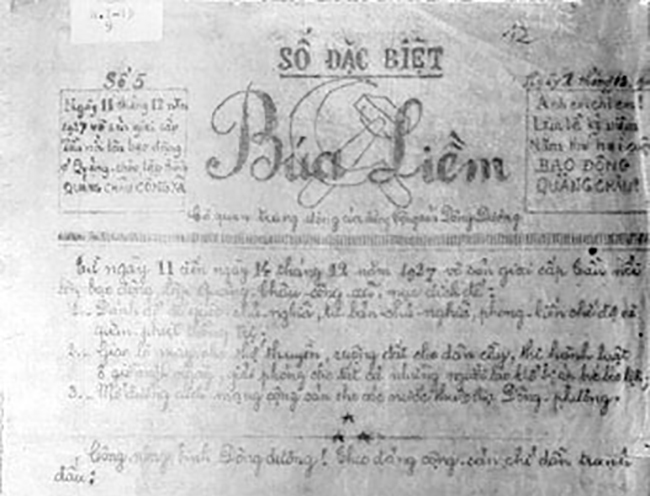
![[Photo] General Secretary To Lam receives King Philippe of Belgium](https://vstatic.vietnam.vn/vietnam/resource/IMAGE/2025/4/1/e5963137a0c9428dabb93bdb34b86d7c)
![[Photo] Close-up of Vietnam's sniffer dog team searching for earthquake victims in Myanmar](https://vstatic.vietnam.vn/vietnam/resource/IMAGE/2025/4/1/d4949a0510ba40af93a15359b5450df2)
![[Photo] President Luong Cuong and King Philippe of Belgium visit Thang Long Imperial Citadel](https://vstatic.vietnam.vn/vietnam/resource/IMAGE/2025/4/1/cb080a6652f84a1291edc3d2ee50f631)
![[Photo] Prime Minister Pham Minh Chinh meets with King Philippe of Belgium](https://vstatic.vietnam.vn/vietnam/resource/IMAGE/2025/4/1/be2f9ad3b17843b9b8f8dee6f2d227e7)



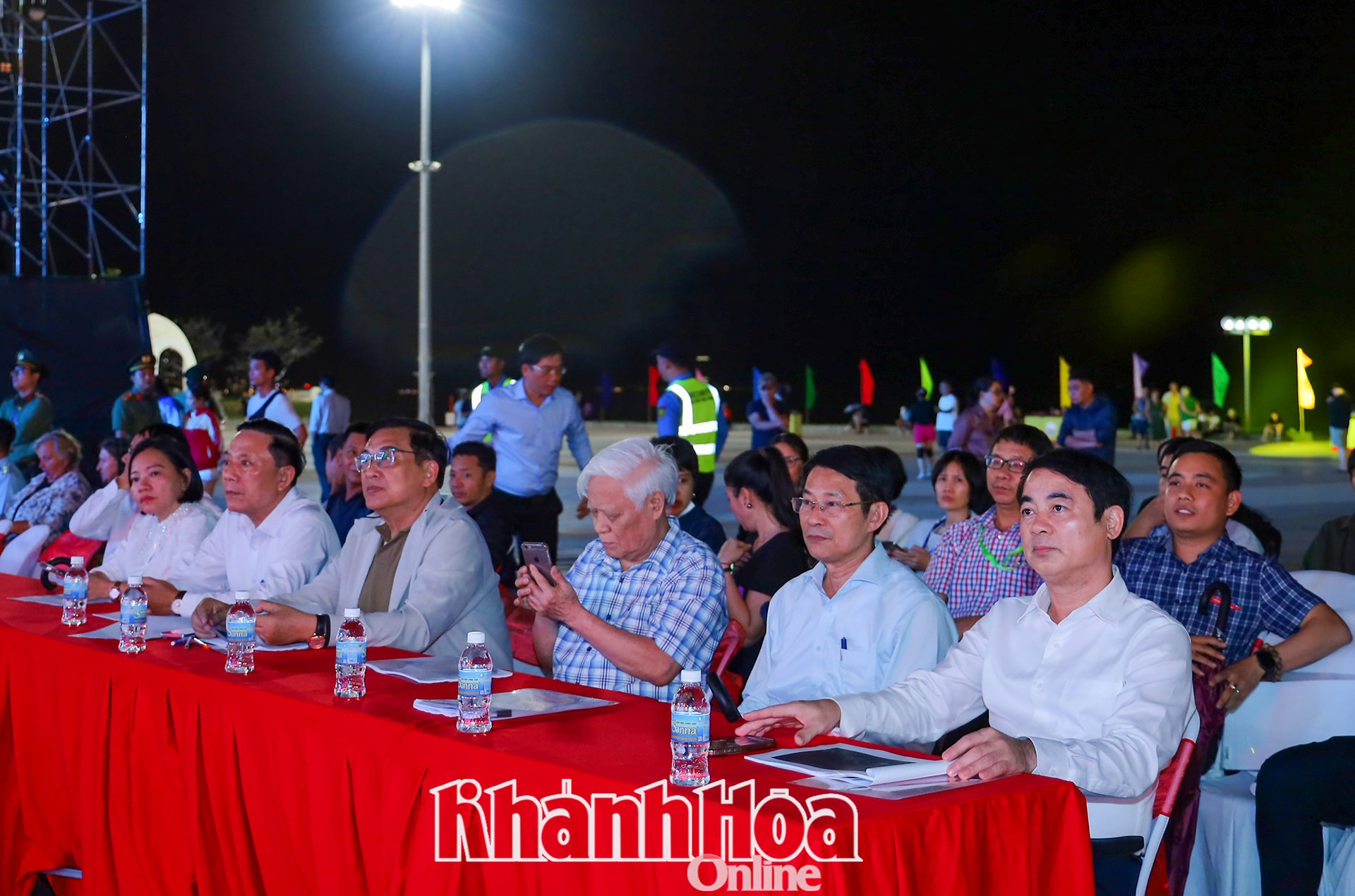
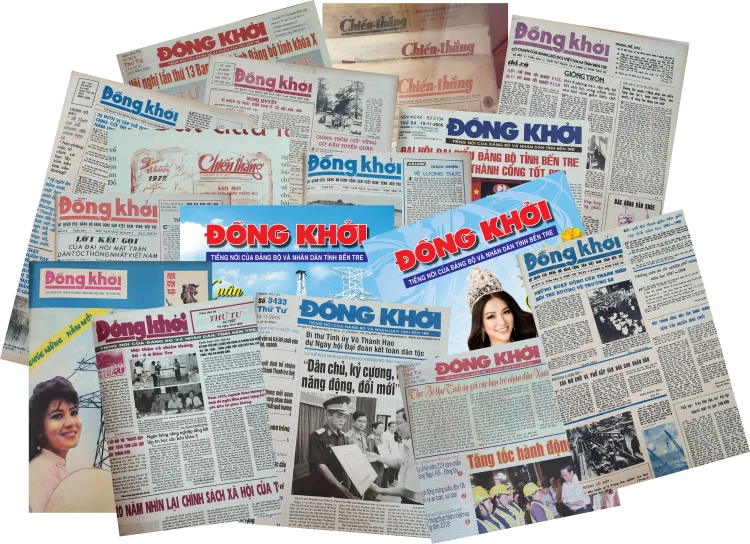
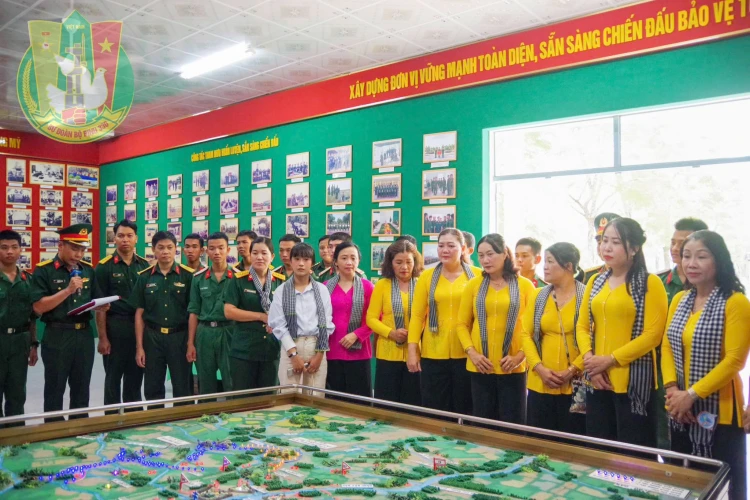
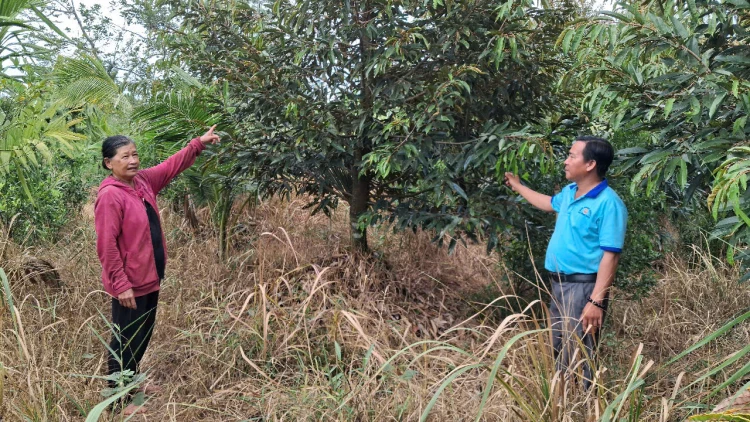
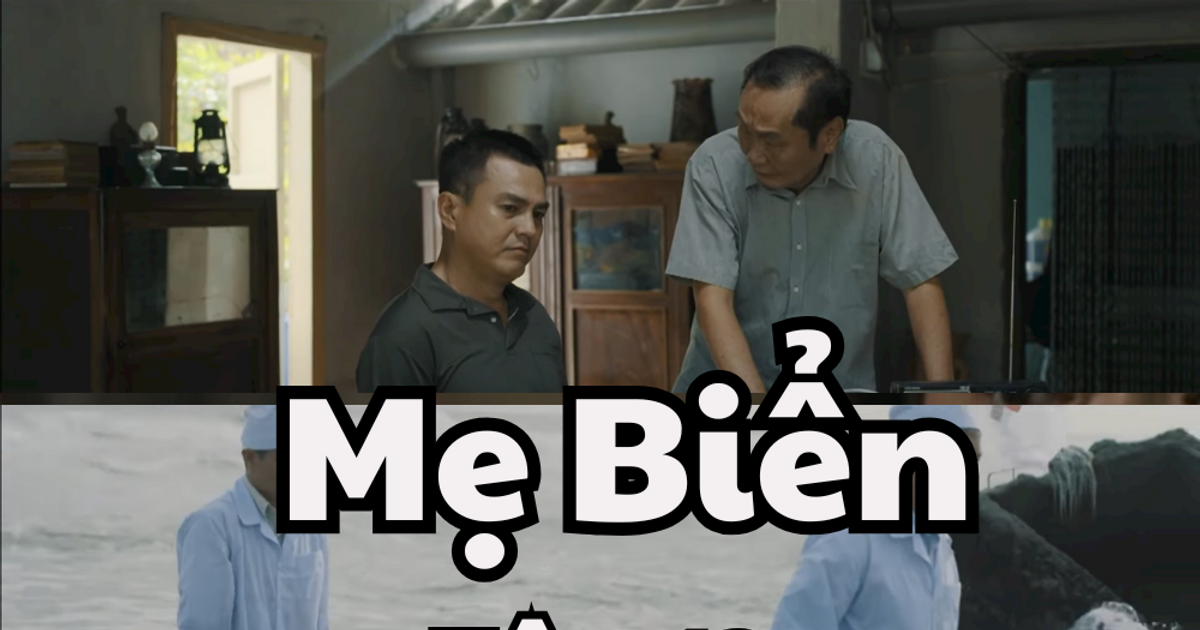






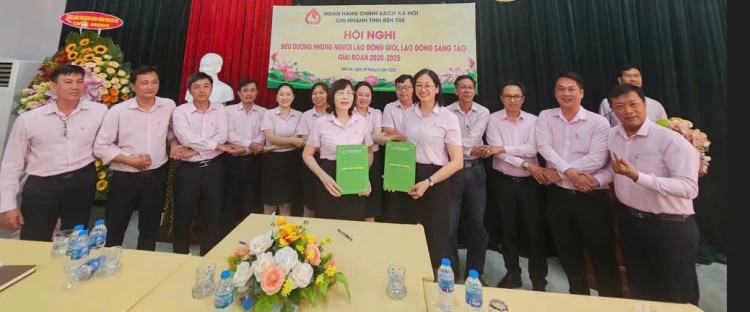
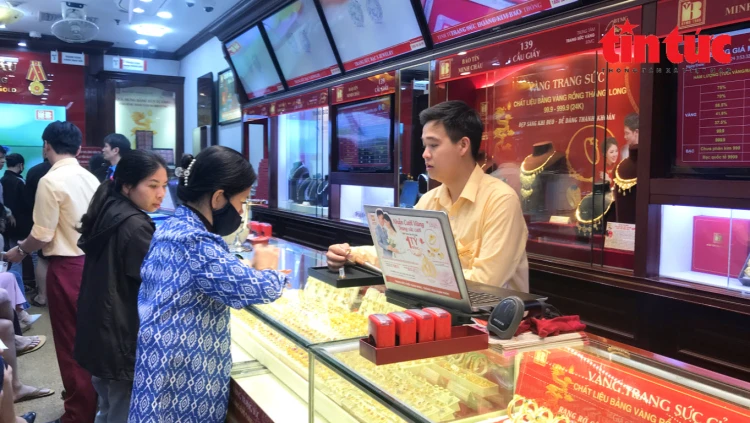
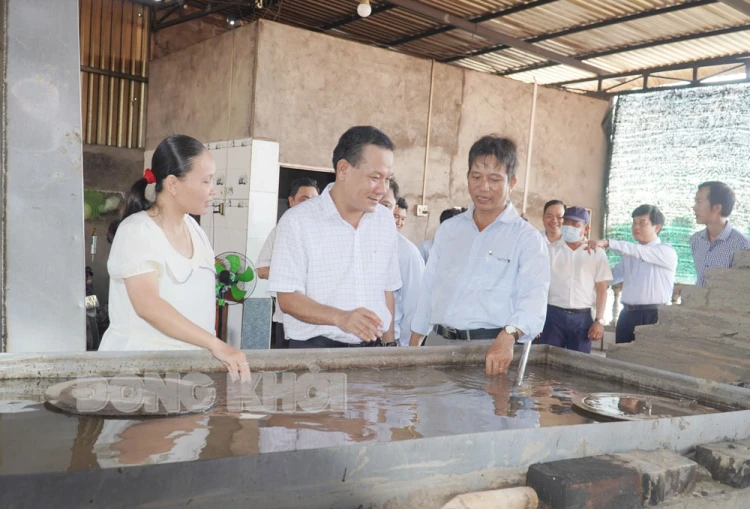
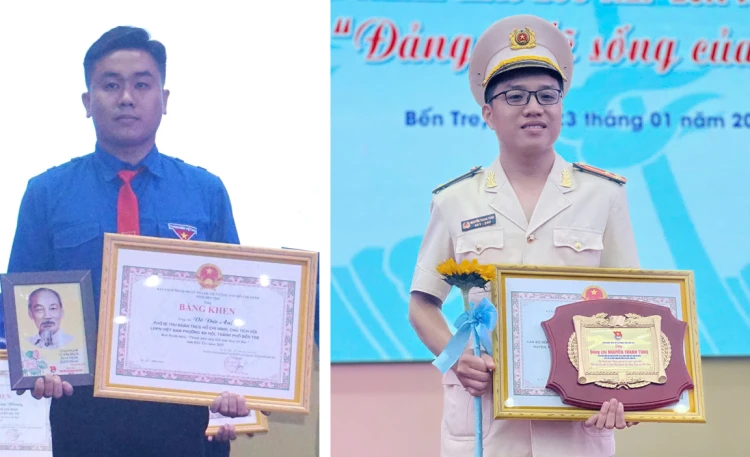
![[Photo] Myanmar's capital in disarray after the great earthquake](https://vstatic.vietnam.vn/vietnam/resource/IMAGE/2025/4/1/7719e43b61ba40f3ac17f5c3c1f03720)






























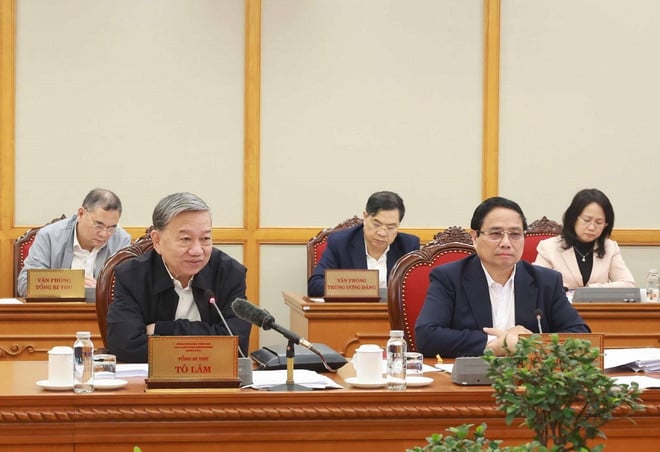
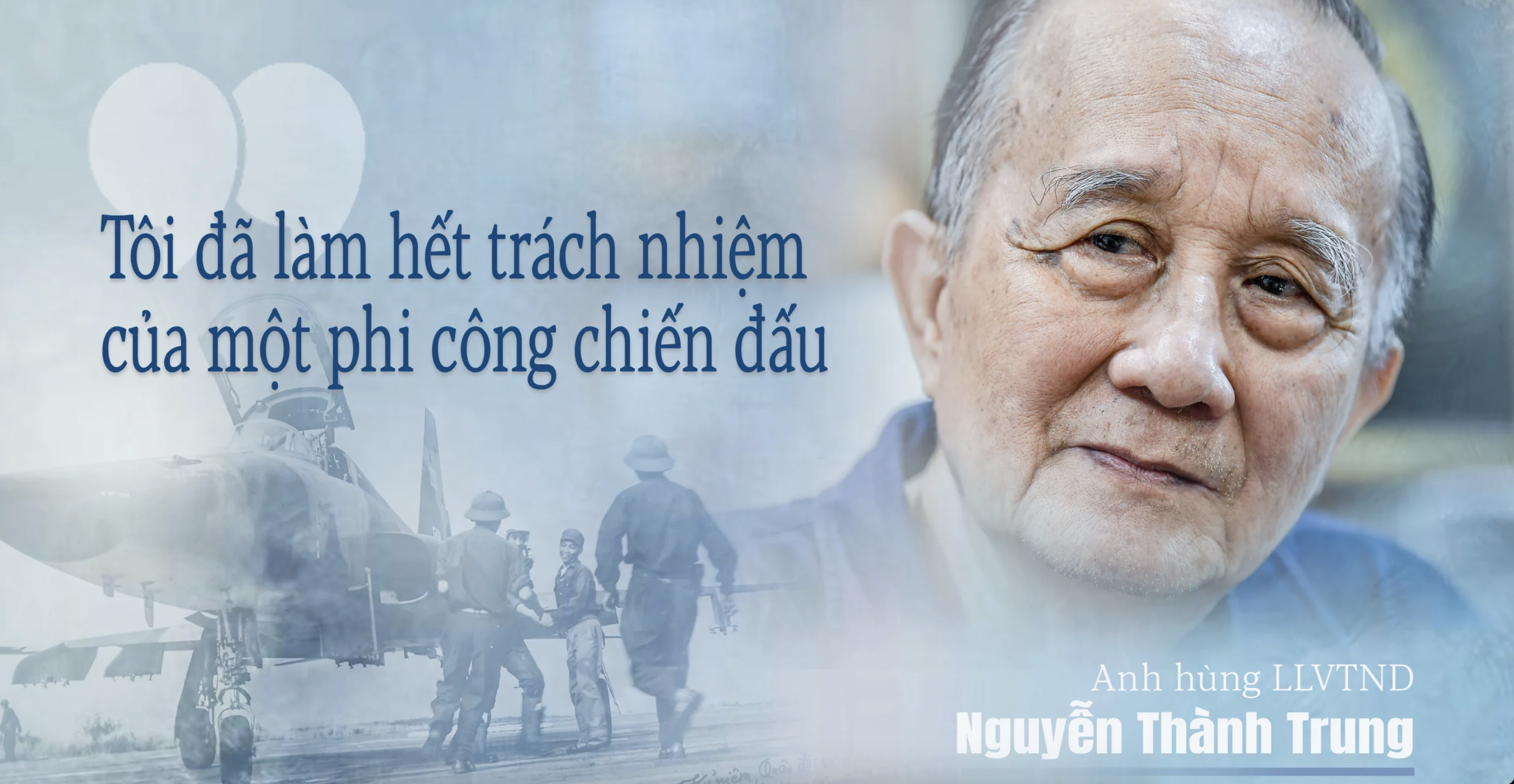
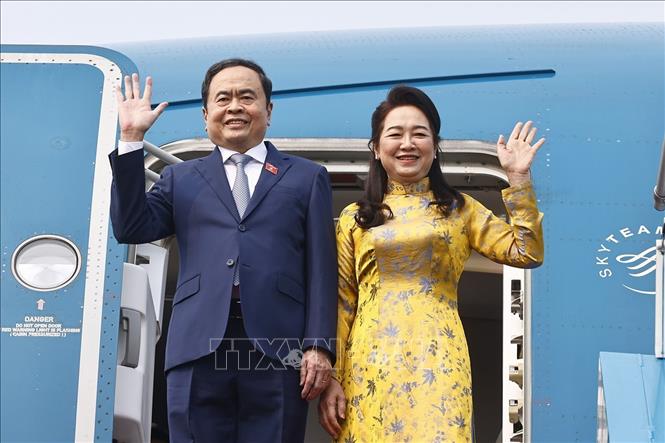









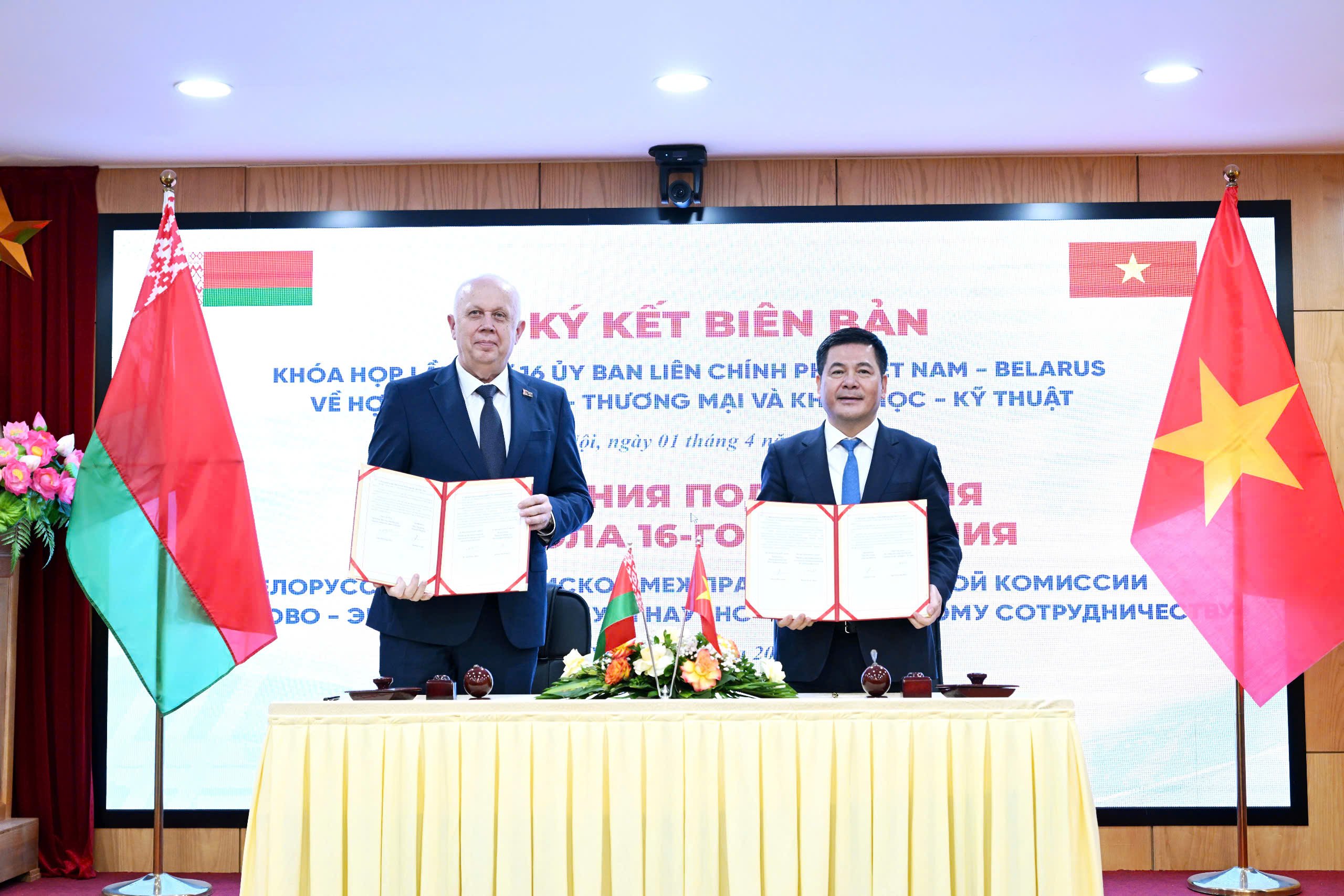
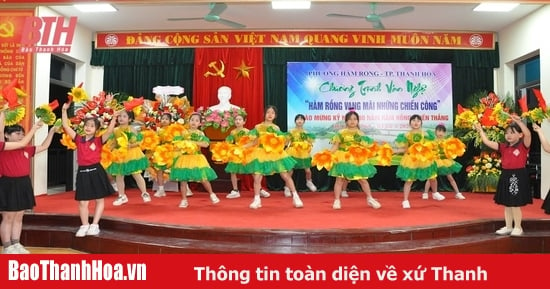

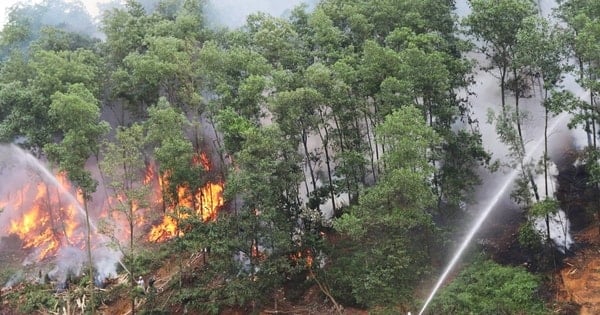

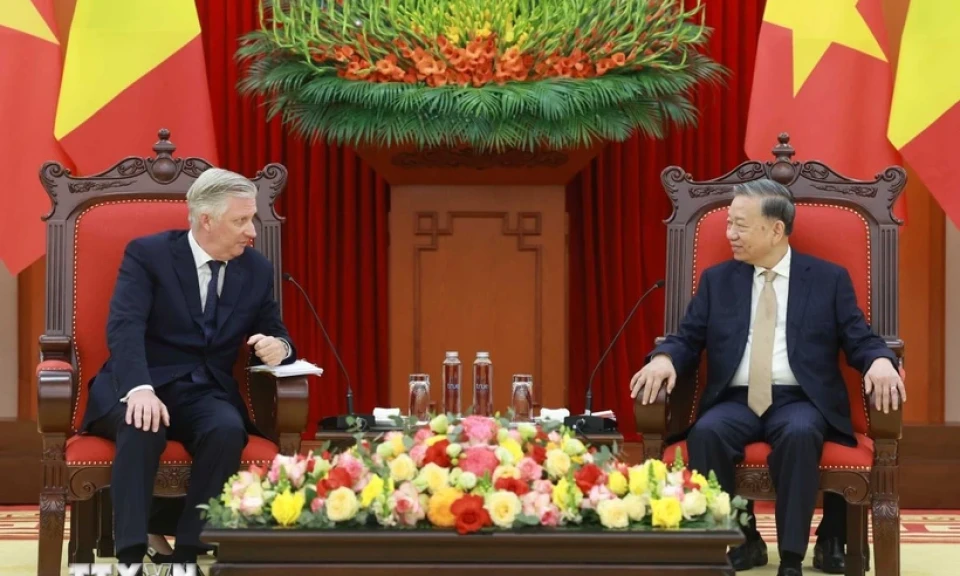
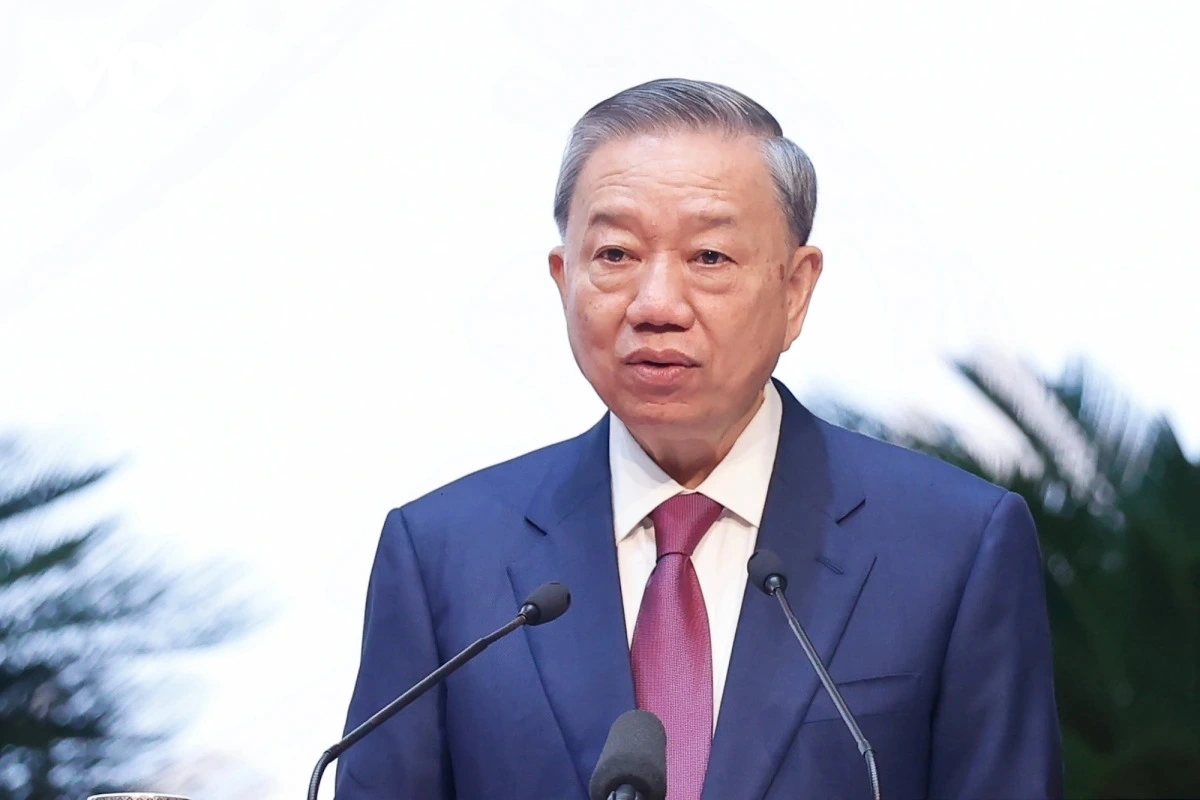

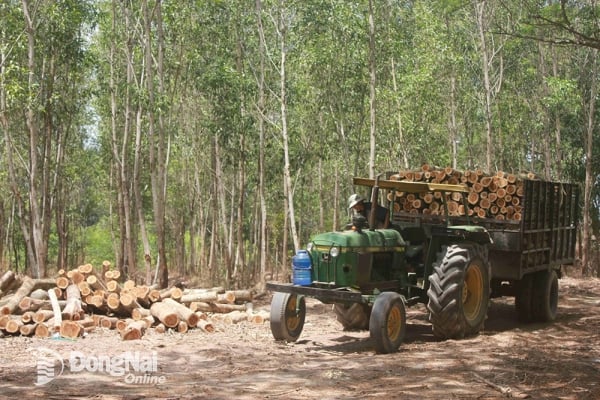
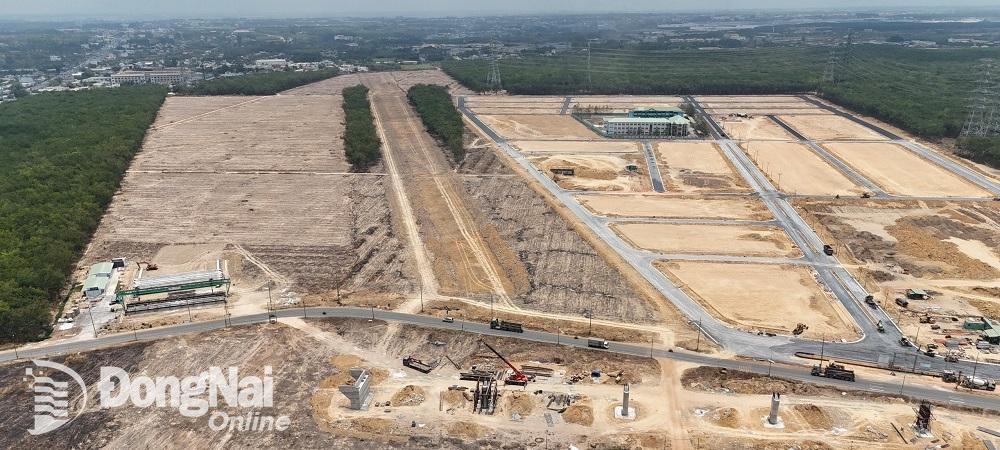











Comment (0)